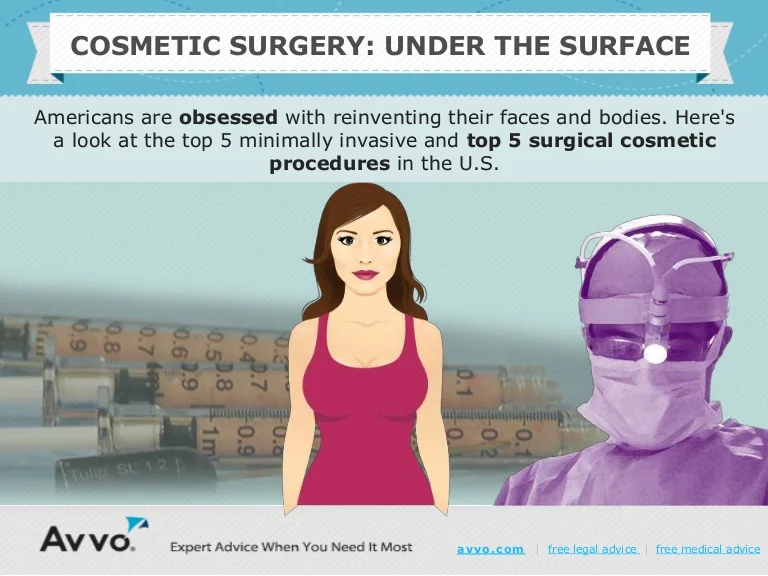More Prevention And Education
More Prevention And Education
Blog Article
How Does Photodynamic Treatment (PDT) Work?
Photodynamic treatment (PDT) combines a light-sensitive medication with unique light to eliminate cancerous and precancerous cells. Your physician puts the medication on your skin or inside your eye and then radiates a light on the treatment location.
This mix eliminates malignant cells and spares healthy tissue. Yale Medication pulmonologist George Eapen, M.D., clarifies exactly how this works.
The Photosensitizer
Photodynamic therapy (PDT) uses a mix of light and a medication called a photosensitizer to kill cancerous or precancerous cells and extra healthy and balanced tissue. You get a shot of the photosensitizer, which is after that triggered by light in your body. The photosensitizer is absorbed by both healthy and malignant cells however isn't harmful until it is turned on by the light.
Light-absorbing particles, referred to as photosensitizers, are found in plants and pets, consisting of people. There are many photosensitizers, yet the majority of have the ability to absorb a specific series of light wavelengths.
When the photosensitizer is subjected to a light with a matching spectral array, it's converted from its ground state into a fired up singlet state. This allows it to transfer power to molecular oxygen, creating singlet oxygen and totally free radicals that mediate mobile poisoning.
The Light
During therapy, a special light is shined on the location where the photosensitizer was applied. This light activates the medicine and ruins cancer cells or precancerous cells that it has actually targeted.
The medications that are utilized in photodynamic treatment have various absorption homes and some of them might take hours to leave normal cells but stay longer in cancer cells or precancer cells. This process permits the physician to target cancer cells much more precisely than various other types of therapies that make use of visible light, such as lasers or electrocautery [54]
Photodynamic treatment can treat the earliest spots of sunlight damage called actinic keratosis and can decrease skin cancer cells advancement in individuals at high danger for developing the problem. It is also an alternative for some clients with damp type age-related macular degeneration, which is a typical cause of loss of main vision in older adults. It can not recover the loss of vision caused by this condition, but it can reduce the progression of uncommon blood vessel development that triggers damp AMD.
The Activation
Photodynamic therapy (PDT) makes use of a medicine and light to deal with cancer and various other skin problem. It targets precancerous cells and eliminates them. Unlike other cancer cells treatments that shed and destroy, this therapy kills precancerous cells while sparing healthy and balanced cells.
The photosensitizer is delivered right into the skin through topical, oral or intravenous management. It is taken in by the lump cells and triggered when revealed to light of a particular wavelength. This causes a sequence of photochemical responses that generates responsive oxygen species (ROS) that damage lump tissue and eliminate cancer cells.
PDT is most often utilized to deal with actinic keratoses and in situ squamous cell cancer (Bowen disease). It can likewise be used to treat various other cellunic skincare types of skin cancer cells, consisting of superficial basic cell carcinoma. It can be utilized alone or with various other treatments, such as surgical treatment or radiation. It can also diminish lumps in the lungs, allowing surgical treatment or other treatment to be secure and effective.
The Therapy
PDT functions best in little uncommon areas of cells that a source of light can reach, such as the skin, eyes, mouth or food pipeline (gullet) and lungs. It is also utilized to deal with precancerous growths, such as actinic keratoses, which are sun-damaged cells that can become cancer cells.
Doctors provide the photosensitizer as a lotion or shot, and after that beam a light on the therapy area. The light ruins the uncommon cells. While healthy cells absorb the photosensitizer, it remains much longer in cancerous cells.
After the procedure, your body naturally takes care of the dead cells. Clients with lung cancer cells might experience coughing up blood or have a bronchoscopy to clear the lungs of the dead cells. In many cases, your doctors may utilize a bronchoscopy to get rid of the photosensitizer from the lungs as well if it causes severe signs and symptoms. It's important to stay inside your home and make use of sun block when you go outside while the photosensitizer is in your system.